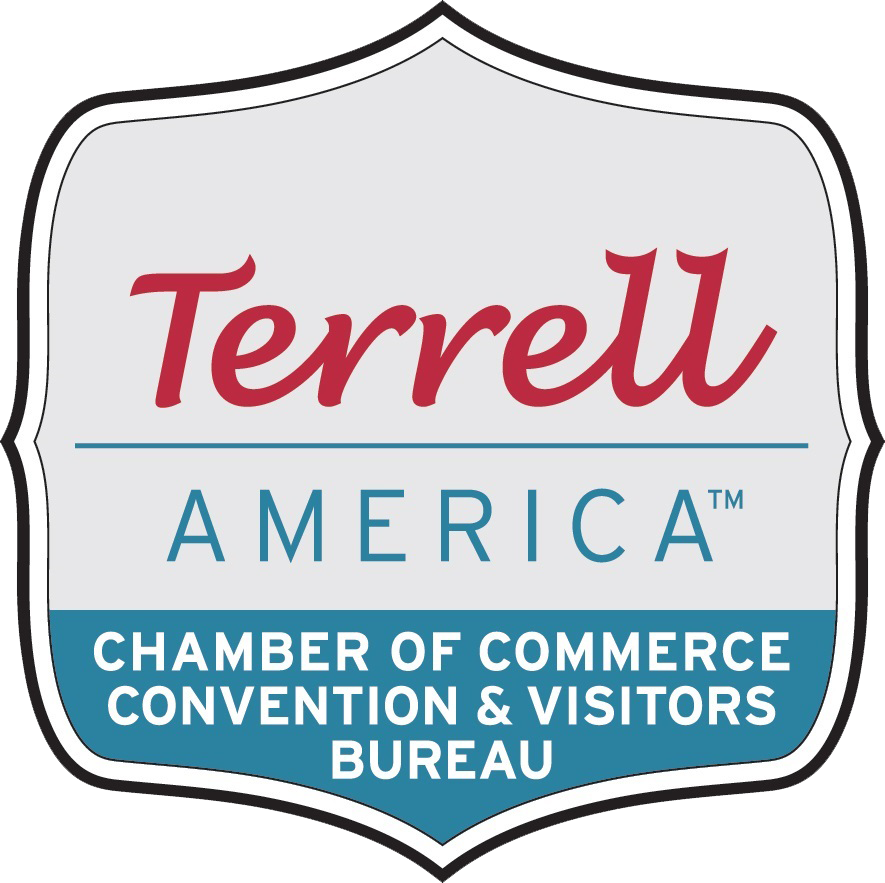How Smarter Asset Management Supercharges Digital Marketing
Even in the age of smart algorithms and automated analytics, your digital marketing machine is only as sharp as your asset drawer. Think of every banner, headline, landing page, tagline, or explainer video as a puzzle piece. Left untagged or floating in mislabeled folders, those pieces stall momentum and waste time. But with a few intentional moves, you can turn your marketing mess into a streamlined engine that doesn’t just run faster, it gets smarter with every campaign.
Kill the Catch-All Folder Before It Kills Your Flow
Every marketer has that one folder. You know the one. It’s either called “Miscellaneous” or “Final_Final2” and inside it lives everything from a client logo from 2017 to a video draft someone meant to delete. These black holes don’t just clutter your workspace, they erode confidence. You spend more time second-guessing which version is current than building anything meaningful. Bury that habit. Set up a structure where every asset has a home based on campaign, channel, and date. Label clearly, avoid shortcuts, and name files like you're handing them off to a stranger who has no idea what you were working on.
Visual Asset Bloat Solved With Smarter PDFs
If you’ve ever tried hunting down the right image in a folder full of random files, you know how fast momentum evaporates. Consolidating key visuals into structured PDF files lets you group related assets together while keeping them secure and dead simple to share. Instead of scattering brand imagery across ten different folders, you build one clean, scrollable visual reference that stays intact, whether it’s for internal review or client approval. There are also online tools built to simplify the process, with drag-and-drop features that streamline techniques for PNG to PDF changes without needing design software or tech workarounds.
Create a Metadata System That Works Like a Brain, Not a Bureaucracy
Slapping keywords on a file isn’t sexy, but it saves your sanity. When you upload a video or a PDF into your content library, tag it with who it's for, what it’s about, when it was made, and where it fits. This isn’t just for searchability. It’s about making your digital brain smarter. When you revisit a campaign in six months, metadata helps you remember context. When new team members join, they can find their footing without a thousand Slack messages. Tag thoughtfully and keep the vocabulary consistent. No one wins when “email header” and “newsletter banner” refer to the same thing.
Don’t Just Store. Curate.
Digital hoarding slows you down and muddies your creative instincts. Set up a quarterly asset audit where outdated materials get archived or deleted. The goal isn’t just to save space, it’s to build a library of only what’s usable, fresh, and aligned with your brand’s voice right now. Curated folders help teams avoid repeating what’s been done or using visuals that feel off-message. You’re not just organizing, you’re editing your own legacy. Think like a museum curator, not a file clerk. Keep what inspires, remove what distracts, and label everything with care.
Build for the Team You Want, Not Just the Team You Have
Your folder structure, your DAM system, your naming conventions—all of it should scale. If you're a two-person startup now, imagine what happens when that becomes a ten-person team. Systems that rely on memory or inside jokes fall apart. Instead, build frameworks that someone new could step into and understand within a week. Create SOPs for how assets are named, stored, and archived. Pin a cheat sheet in your team Slack or workspace. The best digital marketers aren’t just good at messaging, they’re good at thinking ahead.
Integrate, Don’t Isolate
Don’t treat your asset management tools like an island. If your CMS doesn’t talk to your asset library, or your email platform can’t pull from your creative folder, then you’ve created a bottleneck. Integrate systems where you can, using tools that sync automatically. This way, when a designer updates a campaign graphic, the new version is instantly available across platforms. Fewer clicks, less confusion, faster go-lives. The tools are out there, from Bynder to Airtable to Contentful. You don’t need the fanciest option, just the one that plays well with everything else you use.
Document the Context, Not Just the Content
Most marketing files come with a story—why a certain CTA was used, who pushed for that color palette, what A/B tests were run before finalizing the layout. But unless you capture that, the knowledge disappears the moment someone leaves the team. Attach notes directly to your assets, or house context docs in the same folder. That kind of memory doesn’t just help with efficiency, it makes your entire strategy more thoughtful. It’s easier to explain results when you have breadcrumbs that show how you got there. Context breeds clarity, and clarity builds trust.
Digital marketing doesn’t suffer from a lack of creativity. It suffers from the weight of its own chaos. You’re moving fast, juggling platforms, tweaking headlines, and chasing KPIs. But the real edge comes from discipline. When your assets are easy to find, clearly labeled, and infused with context, you free yourself from hesitation. You stop reinventing and start refining. Order gives you speed. Structure gives you space to actually think. And that’s when the work gets good.
Discover the charm and opportunities of Terrell by joining the Terrell Chamber of Commerce, where local businesses thrive through networking and community engagement!This Hot Deal is promoted by Terrell Chamber of Commerce.

